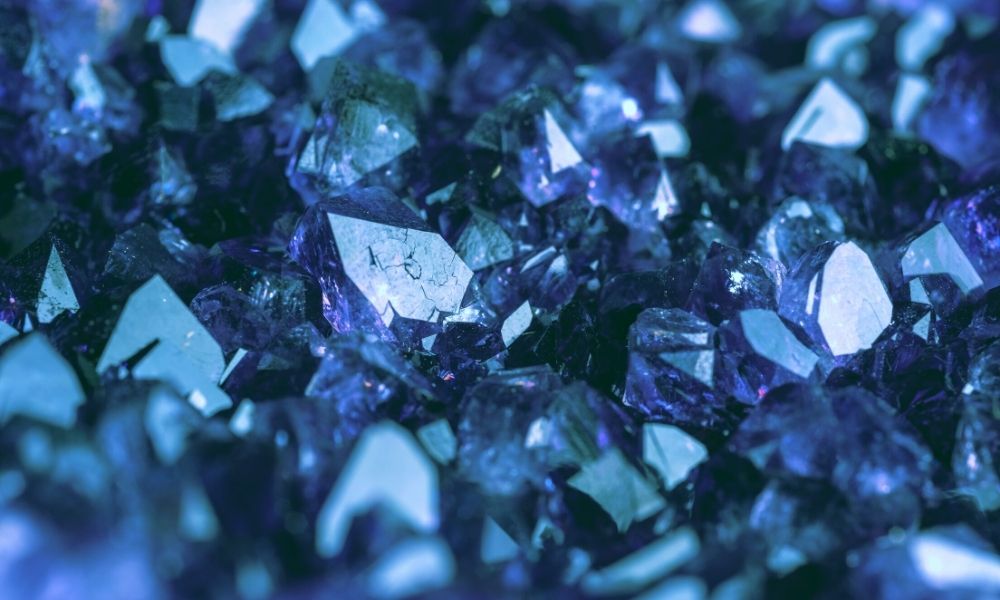Are geodes valuable? They can be! Maybe you’re in the store right now and want to know if they’re overcharging you, or maybe you’ve found a geode outside that really sparkles. No matter what your situation is, here are the most important variables that determine geode value.
Geodes vs. Nodules
First things first: is that rock even a geode? Nodules and geodes are often confused since their contents can be so similar. The key difference you’ll want to look out for is that geodes have a hollow cavity within the rock where all of the crystals are. If it’s a geode, you’ll see empty space and crystals. Nodules, on the other hand, contain tightly packed mineral crystals. They’re so tightly packed, in fact, that there is no open space within the rock whatsoever.
Color and Clarity
Now that you’re sure it’s a geode, you’ll want to look at the color and clarity of the crystals. The more intensely purple an amethyst geode is, the more valuable it is. Color saturation is one of the most significant factors in determining a geode’s worth.
Keep in mind the precision of the crystals, too. Is it cloudy within the geode, or can you see through them clearly and make out small points and flecks? Geode clarity can vastly increase or decrease a geode’s value.
Bigger Is Better
This one is pretty simple: if your geode is larger, it’s more valuable. Golf-ball-sized geodes can be worth a few dollars, while massive, person-sized geodes can be worth tens of thousands of dollars.
The size of the geode itself is not the only thing to look out for, though. Crystal point sizes can factor in, too. Geodes with more prominent crystal points are rarer than those with hundreds of smaller points, so bigger is better in more ways than one!
Weight to Dimension
A geode’s weight can be deceiving. A heavy geode might imply a higher value, but how many crystals are packed into that space? When a retailer sells a geode, they first add concrete to the walls and base to allow the geode to stand sturdily.
Two geodes could be the same weight, but one might have much more concrete. To get the most value, look for geodes that are heavier with less concrete. That means the extra weight comes from the geode itself.
Now that you know the variables that determine geode value, put your knowledge to the test with our amethyst cathedral geodes. Spend some time analyzing the clarity in the crystals as well as the point sizes, and you’ll be an expert geode evaluator in no time!

